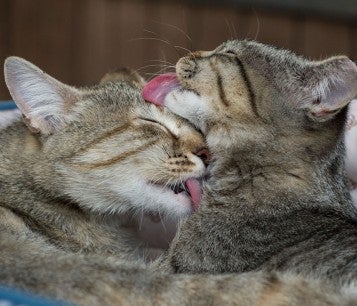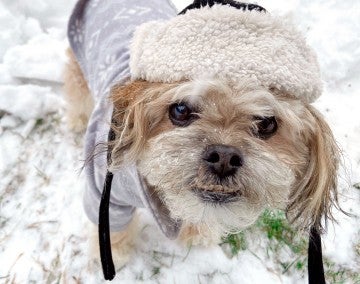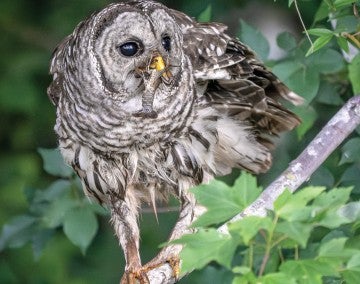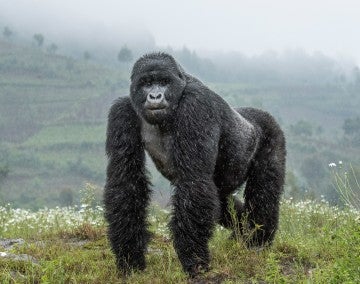This issue's featured photo

These sleepyheads were two of over 30 southern sea otters playing, feeding and resting in the protected harbor of Morro Bay, California. The area is a designated sea otter “nursery zone,” where people strolling the waterfront are asked to keep quiet while they watch mothers with their pups. We were passing through on a vacation and enjoyed watching their endless antics, including those of “teenage” youngsters still trying to nurse and their reluctant mothers rolling in the water repeatedly to discourage them. It was a privilege to watch these otters, who have been listed as protected under the federal Endangered Species Act since 1977. Their continued survival is tied up in a complicated web of human- and natural-caused factors that keep the small population still at risk today.
—Leslie Nuttman, Allyn, Washington
Do you have an inspiring photo of a wild animal, beloved pet or rescued farm animal? We want to see it! Send it to us for possible publication in All Animals magazine, along with an explanation about why it's meaningful to you.

Previously featured photos




Want more content like this?
This was written and produced by the team behind All Animals, our award-winning magazine. Each issue is packed with inspiring stories about how we are changing the world for animals together.
Learn MoreSubscribe